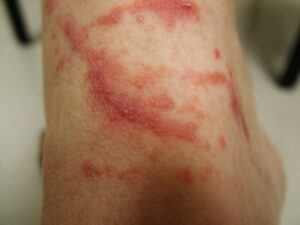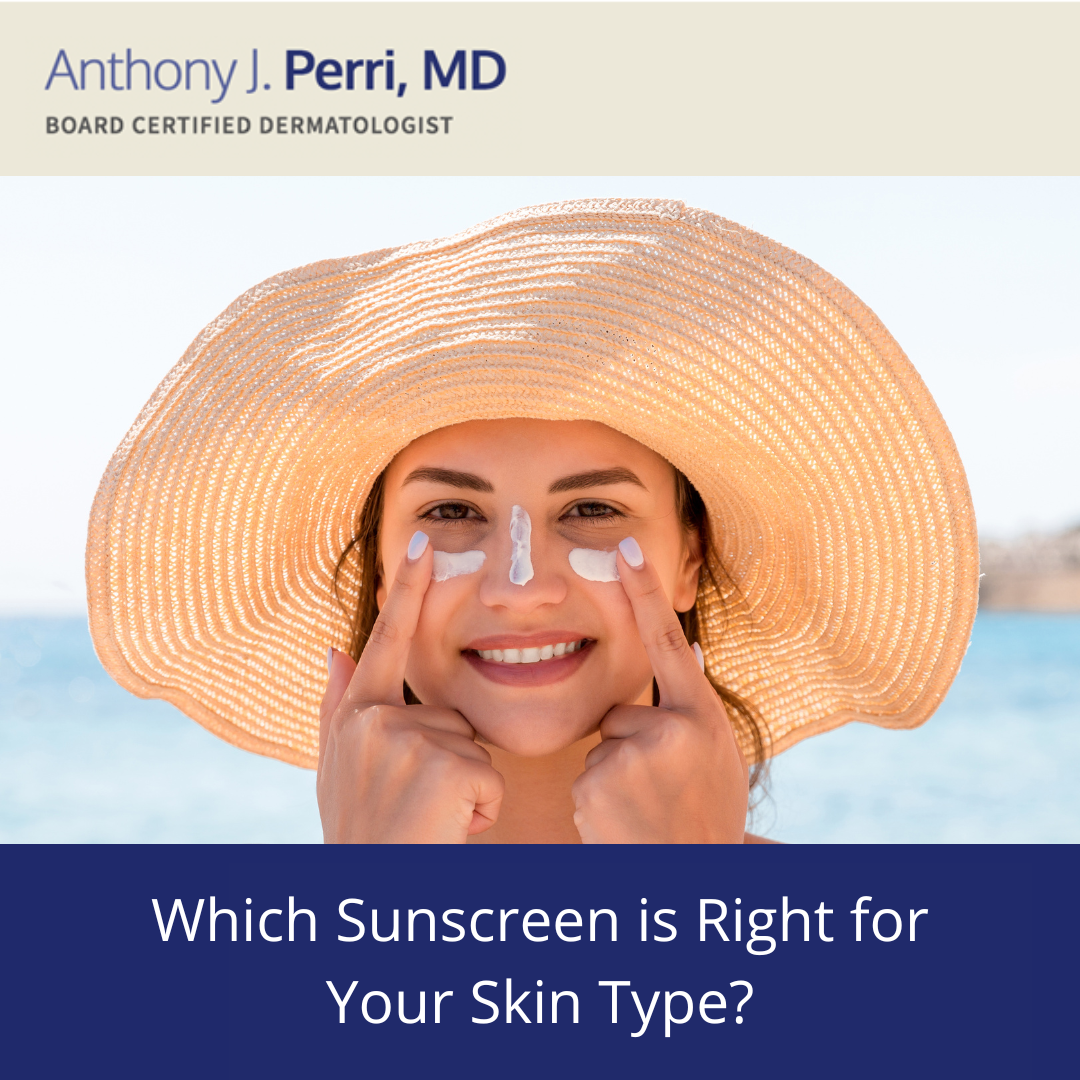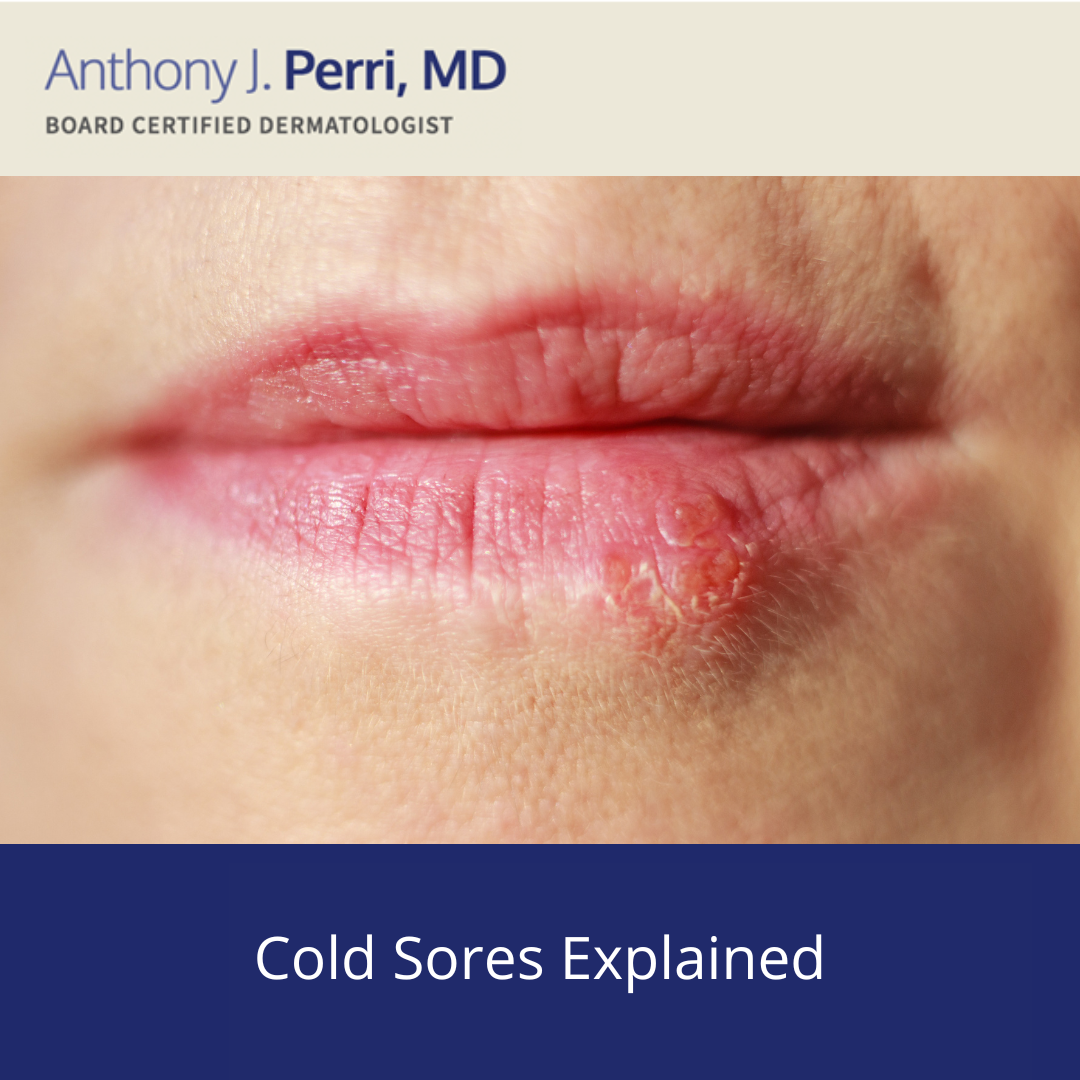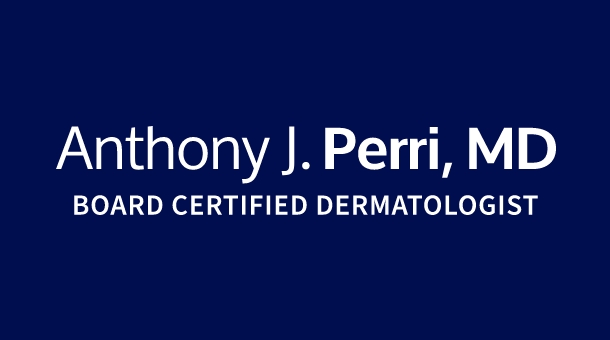
Poison ivy is a very common cause of skin rash that I see in both my Conroe dermatology and Woodlands dermatology offices. It is most common in the summertime when patients engage in more outdoor activities but can arise any time of year. The allergen that causes poison ivy is a resin from the Anacardiaceae family of plants which includes poison ivy, poison sumac, poison oak, Japanese lacquer tree, cashew nuts (the allergen is in the nutshell), mango (the allergen is in the rind, leaves, and sap), Indian marking nut tree, and the Rengas tree. All members of this family produce urushiol an oleoresin which has an active agent causing the rash which is a mixture of catechols.
Poison Ivy Rash Explained
The rash is very characteristic and I know it is poison ivy or a member of the Anacardiaceae family almost immediately when entering the exam room. In areas exposed to the resin, a linear vesiculating (blistering) eruption is present and a secondary rash called an id reaction is almost always present which is due to a cascade of inflammation initiated by the primary rash. After taking a shower, the resin is washed off the body and the rash is not contagious. The reason it spreads is that the skin is one organ and the inflammation migrates to other parts of the body not exposed to the resin.
Rash Treatment for Poison Ivy
If left untreated, the rash can take up to 3 weeks to resolve. Some patients are so sensitive to urushiol that they form severe blisters and may require hospitalization. Many patients deny being exposed to poison ivy or members of their family. There are many ways to be exposed including pets who have the resin on their fur rubbing against the bare skin, touching a golf club that has urushiol resin on it, or being exposed to airborne particles of urushiol. This summer the incidence of poison ivy is dramatically increased and one hypothesis is that the strains of urushiol are more virulent due to the higher than normal CO2 concentrations in the air. The treatment for poison ivy is a class 1 topical steroid and I usually prescribe Ultravate (halobetasol) twice a day as well as administering an intramuscular injection of 40 mg of Kenalog, a steroid, to decrease the inflammatory cascade.
Learn more about rash treatment and how dermatologist Dr. Perri can help you.




